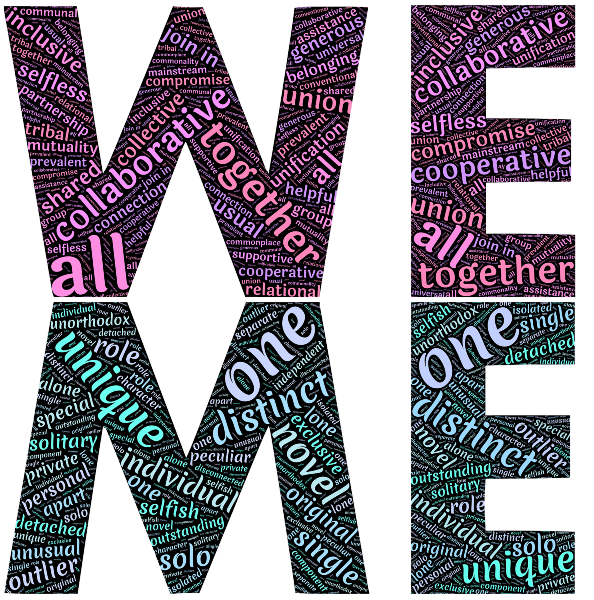
Team management and intra-team relationship are frequent topics in conversations about Leadership skills.
For me, understanding what makes a group of people become a team is an initial step to allow for a deeper view of this matter.
According to Professor David Clutterbuck, “a team becomes a team when everyone shares responsibility for each other’s performance, well-being, and learning”.
What does that mean?
First, there must be a sense of being there for them, while also trusting they’ll be there for you as well, but that’s still not enough.
Once trust and this sense of belonging are established, the leader should enforce the so-called psychological safety, another element necessary for a team to exist.
When those conditions are in place – and sustained over time – it is, then, possible to move from a Common Purpose mentality to a Shared Purpose mindset.
What’s the difference?
Given that both indicate the target are the same for everybody, sometimes the terms are used interchangeably and look the be the same thing but the reality is they are not.
A common target produces independent outcomes for each one who achieves it.
In a practical sense, everyone works in parallel and the results from one person don’t interfere or affect the other person’s results. The process (goal-work-reward) is self-oriented and isolated.
A good example would be a training session or a specific skill acquirement. As some will achieve the goal and some will not the assessment – and usually the reward – happens individually.
In turn, to be achieved, a shared goal requires all team members co-creating and working together, hence its collective nature. In contrast to the “parallelism” of a common goal, a shared one is convergent, with everyone moving towards an objective that cannot be achieved without collaboration.
Naturally, this process is group-oriented, which means the work needs to happen with support from one another, leading to a result that benefits the team as a whole.
Simply put, it is about enjoying a shared journey.
Contrary to what many people think, you cannot say Shared is better than Common, or vice-versa. They are also not mutually exclusive and can even boost each other.
That’s the beauty of it.
